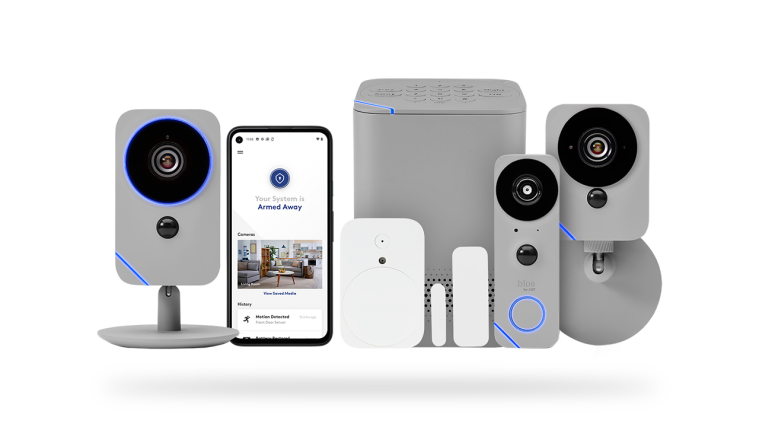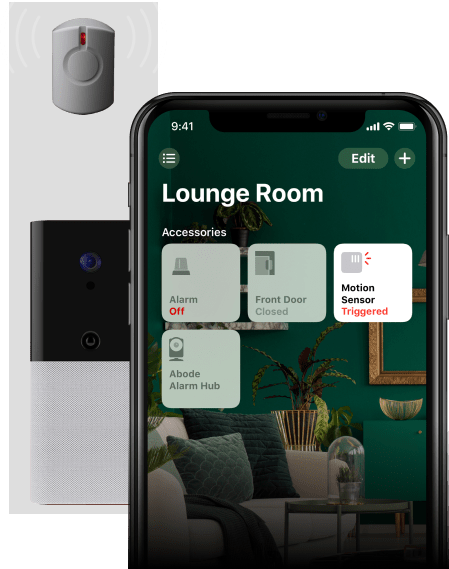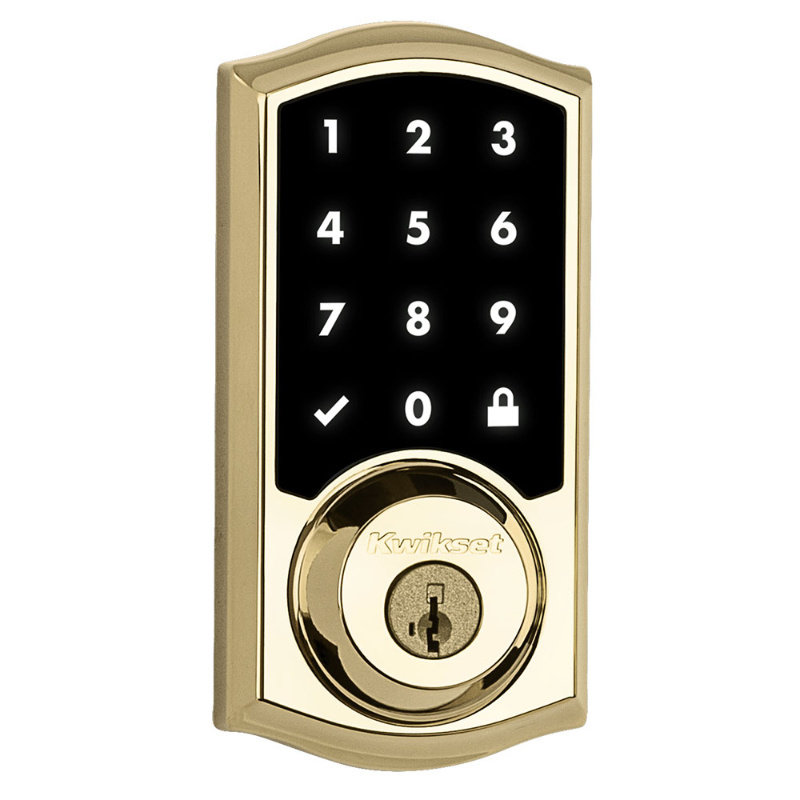
A DIY security system could be the best option for you if your goal is to protect and monitor your home, but you are not interested in paying monthly charges for a professional system. These DIY home security cameras are easy-to-install and offer monitoring tailored to you.
Outdoor cameras: If you have a yard or patio you'd like to monitor, a security camera is a great option. They have motion sensors to trigger recording, and they are simple to use and set up. They also have wide fields of view, which make it easy to see large areas.
Pan/Tilt: This is an essential feature for anyone who wants to cover large areas of their property or who has multiple properties to secure. Many pan/tilts have motorized lenses, making it possible to adjust them according to the angle you want.
Web client: Many cameras are accessed through mobile apps, so it's helpful if they have a similar web client as well. You can now access your cameras from any device. This ensures that you have constant access to the live feed and notifications.

Battery backup. This feature is essential if you must leave home for a long time. This feature is very useful in the event of a power failure, since burglars will often turn off electricity before breaking in.
Two-way audio: Most cameras feature built-in speaker and microphones that allow you to talk with the person or people you're monitoring. This feature is especially helpful if you own pets or small children, as you can keep an eye on them from the comfort of your home.
Smart features - Most mass produced security cameras can be connected to your network at home and alert you when there's an unauthorized event, such as a door being opened or a window broken. Some cameras are programmed to trigger a security alert when an issue occurs.
Wireless alarms. Many security systems can connect to smoke and CO detectors. This will alert the user when a danger is present. These devices can either be included in your DIY home security camera system, or purchased separately if you have an alarm system.
Remote control is possible with some security systems. They have mobile apps that allow you to remotely manage camera settings and operations. It should be simple and intuitive to control from anywhere.

Customization: You should be able to customize the app by adjusting notifications, sound and motion detection sensitivity and setting detection areas. You can set up a schedule that will send you photos and alerts when certain events happen.
Best cameras: Many of the best security cameras available today are equipped with innovative technology and interesting features. These include motion detection, night-vision, and many other features.
Any DIY home safety system must include a quality security camera. This can be used to detect intruders as well as keep your property safe. Other useful features include audio recording, night vision, and remote controlled lights.
FAQ
Who is the best home security monitoring company?
ADT is the top home security monitoring service provider. ADT provides 24/7 monitoring services at an affordable rate. Their customer support team is available around the clock, and they will respond to any issues within minutes.
ADT also offers an iOS and Android app. So you can check your home anytime, anywhere.
What security system should I choose?
The value of your home and possessions will determine the best security system. A basic alarm system is a good option, but it doesn't provide enough protection. You can either get a better one with more features, such as remote monitoring, video surveillance or access control.
How much does an effective home security system set you back?
A good home security system will cost around $2,500. This may seem like a lot of money, but it is actually very cheap compared to the peace of mind you'll gain by having a safe and secure home.
What is the best system for home surveillance?
Home security systems with cameras are a great way to protect your family. These systems are easy to use and they provide great benefits for both homeowners and renters. They also allow you to monitor your property remotely through your smartphone, tablet, computer, or other mobile device.
Can ADT hackable?
ADT security systems are one of today's oldest home alarm systems. ADT Home Security System is still considered the best choice by many consumers. They trust its reputation for being a trustworthy company, dedicated to protecting their homes against burglary or fire.
However, hackers can infiltrate even the most trusted organizations and steal sensitive data. Hackers can easily hack into a network and steal sensitive data. Hackers can access your network's data and make changes to the software and hardware settings if they succeed infiltrating it. Hackers could, for example, delete files or change passwords. They can also shut down entire systems. It's important to understand that just because you cannot see something, doesn't mean hackers aren't trying to get into your house. Information about how to secure your systems is essential.
Statistics
- Depending on your insurance, 24/7 professional monitoring may qualify you for as much as 15% off your premium. (safewise.com)
- Most home security companies will charge you around 75% of the remaining term of your contract if you cancel early—and some require 100%.Related questionsWhat type of contract length can I expect from security providers?Home security system cancellation (safewise.com)
- Most home security companies will charge you around 75% of the remaining term of your contract if you cancel early—and some require 100%.Related questionsWhat type of contract length can I expect from security providers?Home security system cancellation (safewise.com)
- (In my experience, the discount on my home insurance covered about 25 percent of the subscription of an average plan, but your mileage may vary depending on your location and the size of your home.) (theverge.com)
External Links
How To
How to Install a Home Security System
A home security alarm is a device that monitors the property and alerts you in case of any suspicious activity. It could consist of a motion sensor and doorbell camera as well as smoke detector, smoke detectors fire alarm, flood alerts, carbon monoxide detectors and burglar alarms. A home security package usually includes one or more sensors (e.g. a motion detector), which send signals whenever they detect sound or movement. The signals are then sent to a control panel where they're monitored and recorded. If something goes wrong, like someone breaking in to your house, the control panels sends an alert to your phone or tablet, your computer, or voice assistant. You will immediately be notified and can take appropriate action.
The first step to installing a home security system is choosing the right type of sensors for your home. There are two main types of sensors: passive and active. Passive sensors don't require batteries; they just pick up sounds and vibrations from their surroundings. These include buzzers, sirens and doorbells. Active sensors use electricity to transmit data. This type of sensor can be found in cameras and motion sensors.
There are many different brands of sensors available today. Each brand comes with its own pros and cons. Some sensors are weatherproof and others aren't. Some come with built-in speakers so you can hear them even if they're outside. Others are only for use inside. Some of these are very basic, while others have advanced features such night vision.
After deciding on the best type of sensors for your property, you'll want to choose a manufacturer. This will make sure that your sensors function well together. The hardware store should offer many choices.
After you have chosen a brand, you will need to decide how many sensors you wish to purchase. Depending upon whether they live alone or in a group, most people begin with one or two sensors. If you are planning to add sensors later on, you may consider purchasing additional sensors.
Next, consider where you want to put your sensors. Do you want them near windows and doors? Do you prefer to keep them away? Make sure you get permission before placing them around your property. It is important to ensure they do not interfere with electrical outlets.
After you've determined the location of your sensors, you will need a way that they can be connected to your control panels. You might need a power adapter for your setup. Once you have everything in place, your property can be monitored!